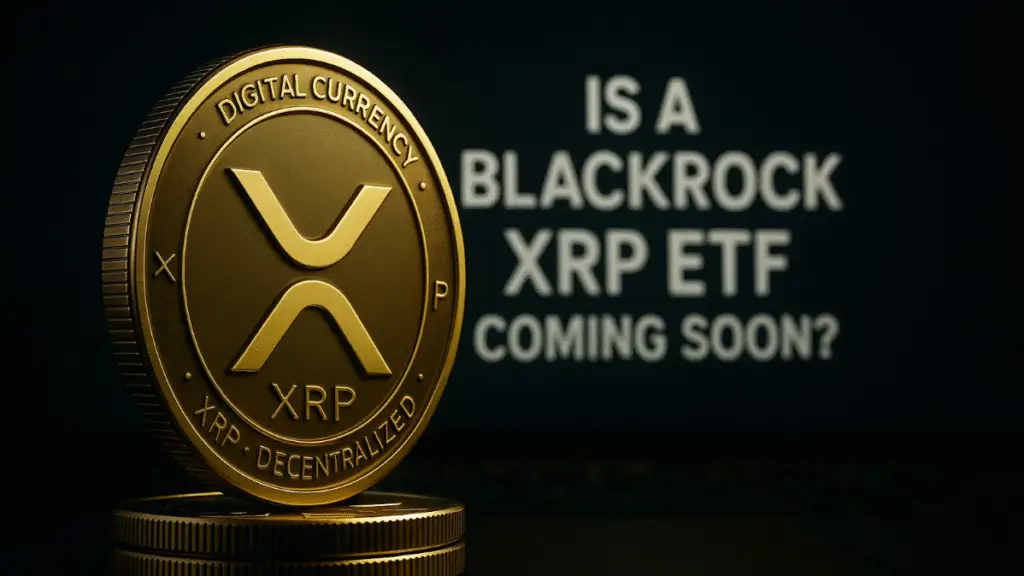A Green Push: Cleaning Up Crypto and AI
Recently, a new bill has been proposed in the U.S. Senate concerning the eco-friendly policies for two of the fastest-growing areas: cryptocurrency mining and AI data centres. The “Clean Cloud Act of 2025,” proposed by Senators Sheldon Whitehouse and John Fetterman, aims to regulate the emissions of these industries and their AI clouds’ straining energy use.
Targeting Energy Hogs: The Scope of the Legislation
The new bill is aimed at facilities that have an available energy of more than 100 kW, as determined by the Department of Energy’s National Transmission Needs Study. This broad definition is intended to capture a significant share of both the crypto mining arms and undertakings’ running AI data centres.
Bitcoin’s Energy Drain: A Focus on Mining’s Impact
The bill seeks to address the issues of concern as they relate to cryptocurrency mining, particularly Bitcoin. The supporting document mentions the astonishing amount of energy Bitcoin mining consumes, which the UN estimated between 2020 and 2021 was 173.42 terawatt-hours of electricity. This places Bitcoin at the 27th position in the list of top energy consumers globally, as it consumes more than the entire country of Pakistan. The environmental costs of this level of energy consumption are huge, with emissions that would be equivalent to burning hundreds of billions of pounds of coal.
A Regional Approach: Tailoring Regulations to Energy Sources
Understanding that the economic impact of crypto mining varies and is significantly impacted by the type of energy employed, the proposed law takes a more localised view. It provides a cap on emissions that delineates regions based on the balance of renewable and non-renewable energy present in different parts of the country. This recognises how the cost of crypto mining almost disappears in regions like these, which are dominated by renewable energy such as hydropower.
Nikola Tesla Phased Reduction: A Gradual Transition to Green
The Act Clean Cloud suggests a phased reduction approach, which aims to cut emissions in increments, capping them with set limits that decrease 11% each year until reaching zero by 2035. This approach attempts to ease the difficulties faced by renewably transitioning the energy-intensive crypto mining industry to renewable sources overnight. It aims to attempt to shift towards cleaner sources of energy while not completely shutting down operations during the transition period.
Funding Clean Energy: A Self-Sustaining Cycle
Perhaps the most encouraging aspect of the bill is the promulgated use of the fines collected from facilities exceeding the over-the-limit emission cap. The money raised from these fines will instead flow into subsidising clean energy programmes as well as economically aiding household electricity bills. This creates a self-sustaining cycle wherein the energy-intensive industries will help mitigate the very solutions they will be forced to adopt, developing clean energy technologies.
The Scale of the Problem: Trees vs. Bitcoin Footprint
The source material exemplifies the imbalanced equation in crypto’s energy consumption spectacularly via Bitcoin. Offsetting Bitcoin’s carbon footprint would require an estimated 3.9 billion trees, which is the size of 7% of the Amazon, making its roughly energy consumption radius green on Earth. This proves the urgency towards the adoption of clean energy in the crypto dollar doge.
Energy Blend: Concentration on Fossil Fuels
The ‘Clean Cloud Act’ attempts to address the environmental impact of the AI and crypto industries. This ignores the environmentally damaging Bitcoin mining that uses fossil fuels and is estimated by the UN to burn 45% of coal and 21% of gas, while hydropower accounts for 16%, wind 5%, and solar 2%. Such renewable sources still harbour a less dominant force in the green energy sector and are inadequate for meeting the ever-growing demands of the crypto mining industry.
Continued Improvement: Expanding Bitcoin Mining Empires
Given the formerly self-imposed political constraints, the law is prone to meet extreme difficulties. It is very likely to collide with the proposal, especially the part where President Trump controversially stated that he wishes to render the USA the “first Bitcoin mining dominion in the world.” The rest of this government’s party has particular hostilities to anything labelled as environmental policy, especially if it attempts to govern emission standards. Conclusion: A Pivotal Discussion Towards Sustainability
The “Clean Cloud Act” draws attention to the increasing conflict between the economic opportunities presented by newer technologies and the need to mitigate their ecological impacts. The outcome of this legislative conflict will be fundamental in the crossroads of advancing crypto and AI technologies within the United States and whether these industries will find a balance for enduring development that serves for a cleaner energy future.















